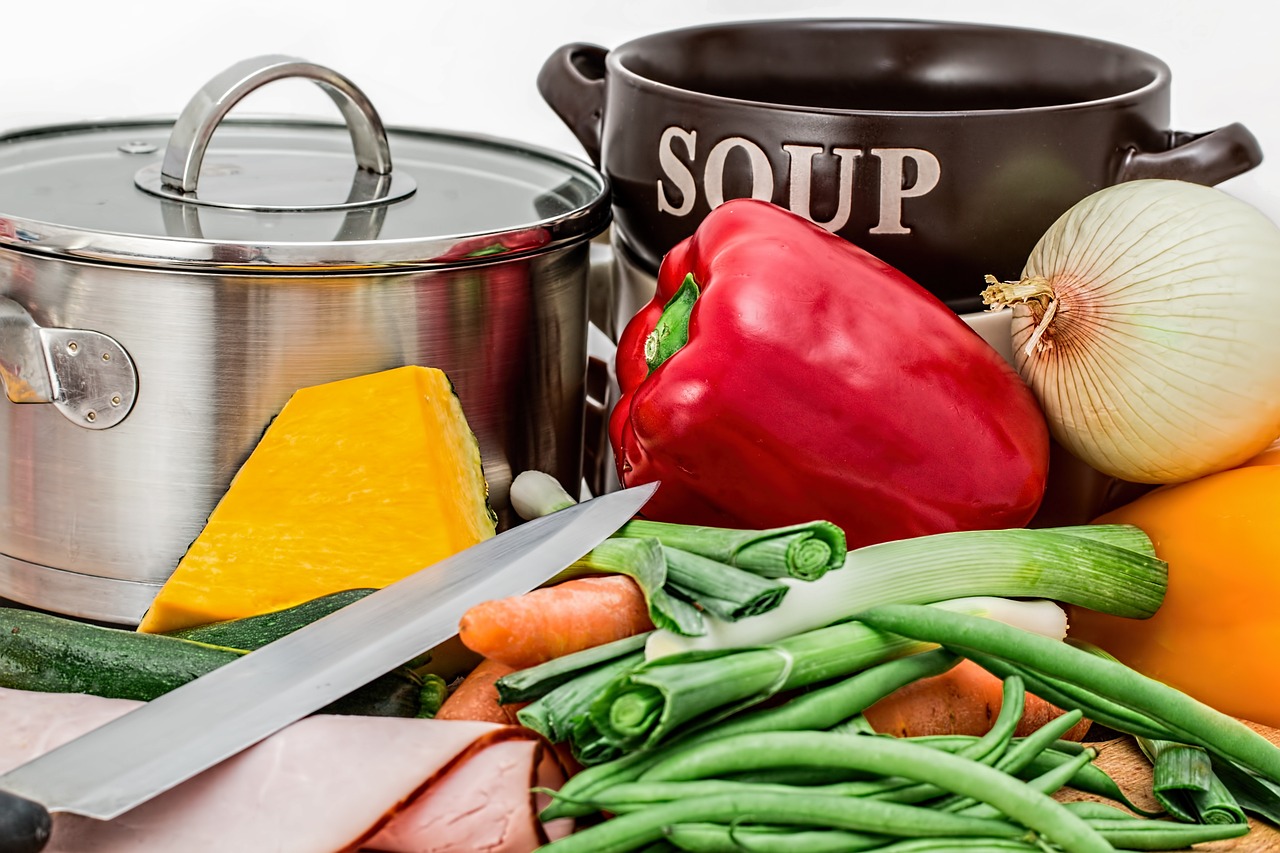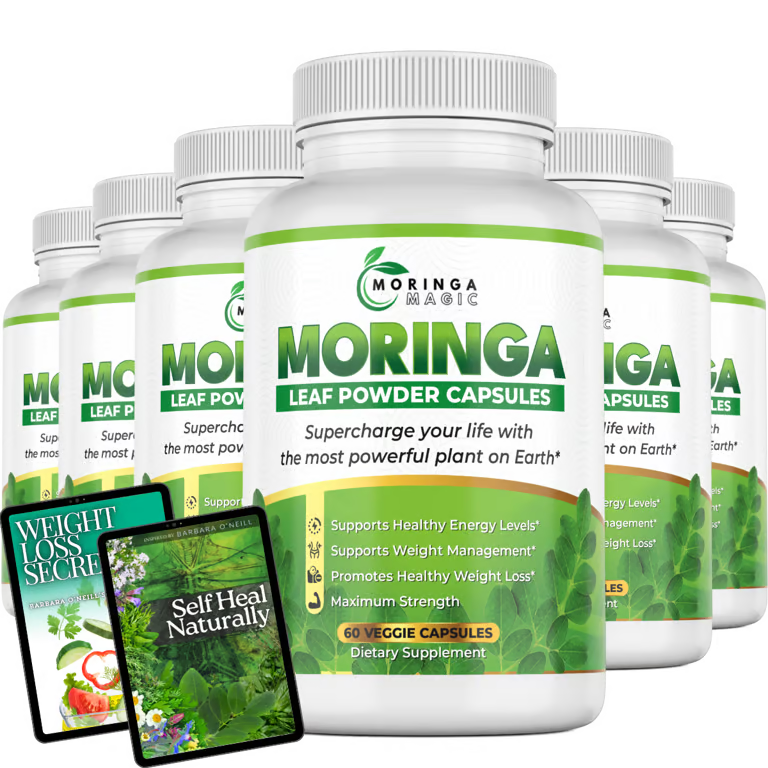
Introduction
When it comes to reducing food waste and maximizing our resources, primary foods often steal the spotlight. But what about secondary foods? These are the parts of ingredients we typically discard, like vegetable peels, fruit rinds, and leftover bones. In this article, we’ll explore five creative ideas to help you effectively make use of secondary food, not only reducing waste but also adding new dimensions to your culinary journey.
Section 1: The Art of Making Nutrient-Rich Broths
Every time you prepare vegetables or trim meat, you’re left with scraps that usually find their way to the trash. But these scraps can be the foundation of flavorful, nutritious broths. To implement this idea:
- Collect and Freeze Scraps: Keep a dedicated container in your freezer for vegetable scraps like onion peels, carrot tops, and herb stems, as well as meat bones and shrimp shells.
- Slow Simmer and Store: Simmer your collected scraps with water and seasonings to create a savory broth. Freeze it in ice cube trays for easy use in future recipes.
- Versatile Applications: Use your homemade broth as a base for soups, stews, risottos, and sauces, infusing your dishes with added depth and nutrition.
Section 2: Zero-Waste Pickling and Fermentation
Secondary food items like cucumber ends, citrus peels, and cabbage cores can be transformed into tangy, probiotic-rich delights through pickling and fermentation. Here’s how to get started:
- Gather Scraps: Collect vegetable and fruit scraps suitable for pickling or fermentation. These include cucumber ends, watermelon rinds, and citrus peels.
- Basic Brine: Create a simple brine with salt and water. Submerge your chosen scraps and let time work its magic.
- Creative Uses: Use your pickled or fermented scraps as condiments, in salads, or as garnishes to enhance flavors and promote gut health.
Section 3: Transforming Stale Bread into Culinary Delights
Stale bread often ends up in the trash, but with a little creativity, it can become a star ingredient in various dishes:
- Revive with Moisture: Spritz stale bread with water and briefly toast it in the oven to restore its freshness.
- Panzanella Salad: Tear the revived bread into chunks and use it as a base for the classic Italian panzanella salad.
- Homemade Croutons: Cube the bread, toss it with olive oil and seasonings, then bake until crispy. Sprinkle them on soups and salads for added texture and flavor.
Section 4: Harnessing the Power of Citrus Zest and Peel
Citrus fruits not only provide refreshing juice but also zesty peels that can elevate your culinary creations:
- Zest and Freeze: Before juicing, zest citrus fruits and freeze the zest in small portions.
- Flavor Boost: Add citrus zest to marinades, salad dressings, baked goods, and even cocktails to infuse dishes with bright, citrusy notes.
- Candied Citrus Peel: Turn citrus peels into sweet treats by candying them with sugar syrup. Enjoy them as a snack or use them in desserts.
Section 5: Creative Cooking with Potato Peels
Potato peels are often discarded without a second thought, but they hold hidden potential:
- Crispy Snacks: Toss potato peels with oil and seasonings, then bake until crispy for a tasty snack.
- Nutrient-Boosted Mashed Potatoes: Leave some peels on when making mashed potatoes for added texture and nutrition.
- Potato Peel Broth: Boil potato peels to create a mild, starchy broth perfect for soups and sauces.
Conclusion: Embrace the Secondary Food Revolution
In this journey of culinary innovation, we’ve discovered how to make the most of secondary foods, reducing waste while expanding our culinary horizons. Each idea presented here not only contributes to a more sustainable kitchen but also adds depth and flavor to your dishes.
FAQs
Q1: Can I compost the scraps if I don’t want to use them immediately? Yes, composting is an excellent eco-friendly option for food scraps that you don’t intend to use right away. It’s a sustainable way to recycle organic matter and enrich your garden soil.
Q2: Are there any secondary foods that should not be consumed? Yes, some secondary foods, like potato sprouts and certain fruit seeds or pits, can be toxic. It’s essential to research and ensure that the secondary food items you plan to use are safe for consumption.
Q3: How long can I store homemade broths and pickles? Homemade broths can be stored in the freezer for up to three months, while pickles and fermented foods can be kept in the refrigerator for several months to a year, depending on the specific recipe.
Q4: Can I use these ideas in a commercial kitchen or restaurant? Absolutely! These ideas are adaptable for commercial settings, and they can help reduce food costs and contribute to a more sustainable food operation.
Q5: Where can I find more resources on secondary food utilization?
Here are some websites where you can read or study about secondary food:
- Zero Waste Chef
- Food52
- Epicurious
- Love Food Hate Waste
- The Kitchn
- Sustainable Cooks
- BBC Good Food – Waste Not
- The Spruce Eats – Sustainable Cooking
- FoodPrint – Reducing Food Waste
With these resources, you’ll have a wealth of knowledge at your fingertips to further explore the world of secondary food utilization.




